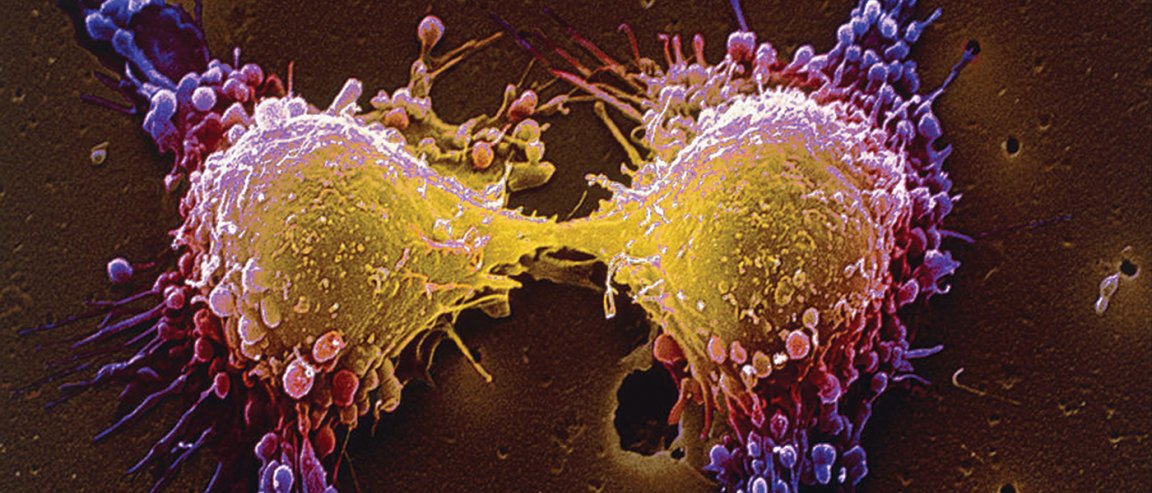
TRAPPING CANCER’S PATHWAY
Promising data has revealed a new treatment for breast cancer and leukemia. It works by attacking cancer cells’ ability to repair pathways (specifically, damaged pathways) in their DNA.
The team reports that a combination of an experimental, not-yet-approved drug and an epigenetic drug (called alazoparib and 5-azacytidine, respectively) resulted in a strong antitumor response.
The treatment works by targeting the poly (ADP-ribose) polymerase enzyme or PARP, which repairs pathways in DNA that tumors use to survive. Talazoparib, a PARP inhibitor, targets the tumor repairing enzyme, changing the properties of DNA in a way that helps it trap the repair enzyme.

They tested the drug therapy on breast cancer and leukemia — cancers that depend on self-repairing mechanisms to grow mutated cells. Human breast cancer and leukemia cells, which were grown in mice, faced the combination drug therapy. Ultimately, this resulted in tumors half the size of what either drug could do on its own, the paper notes.
The researchers also found the drug combination increased the time that the repair enzyme was trapped at sites of DNA damage in cancer cells, extending the time from 30 minutes to three to six hours after treatment.
HOPE FOR TOMORROW
The team tested the therapy on cancer with the breast cancer susceptibility gene (BRCA), an inheritable gene that appears to increase the risk of breast cancer. And lead research Stephen Baylin says their study could lead to the discovery of further treatments.
This is notable, as breast cancer is the second most common fatal cancer for women.
This year, roughly 246,660 new cases of invasive breast cancer will appear in women in the US alone. Leukemia and related diseases like lymphoma and myeloma — cancers of the blood, bone marrow, and lymph nodes — will afflict an estimated 171,550 people in the US this year.
The causes of cancer are not completely understood, and continuing research like this from Baylin gives hope to patients everywhere.